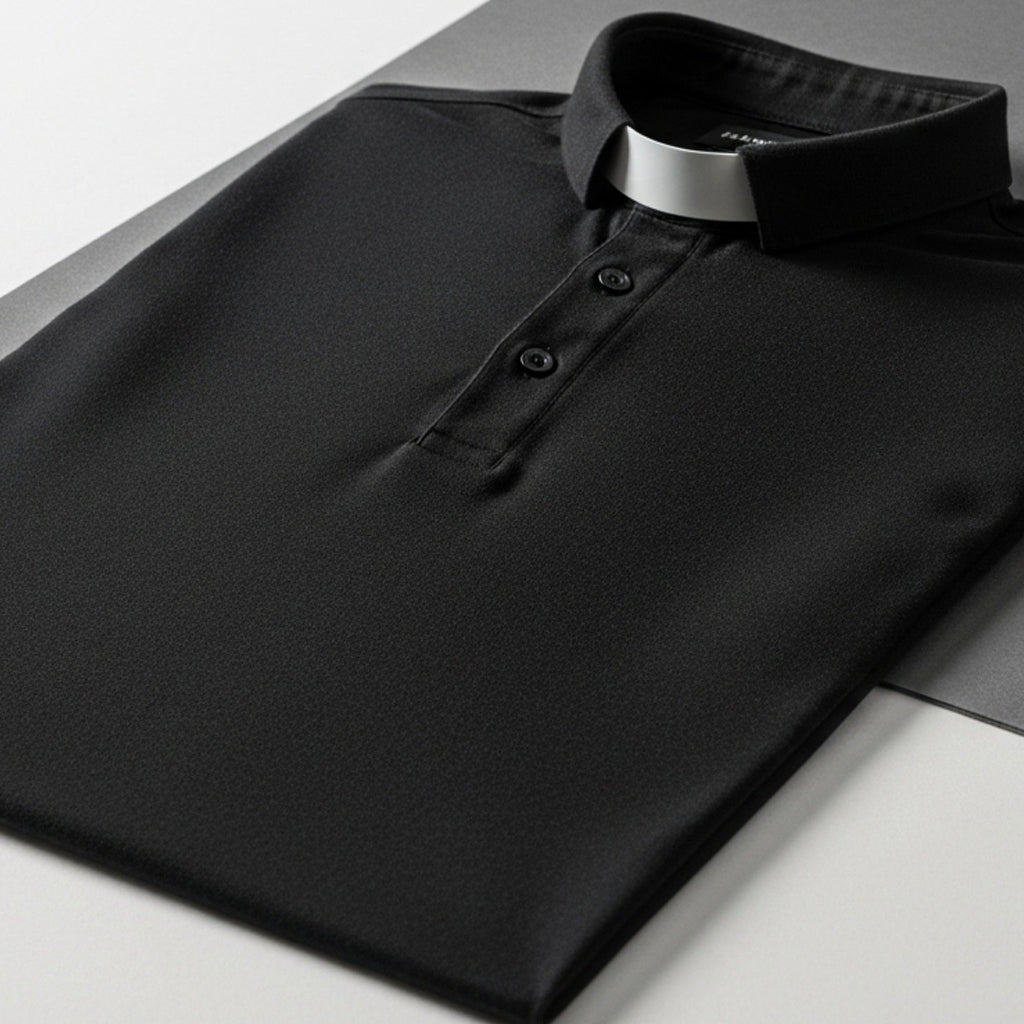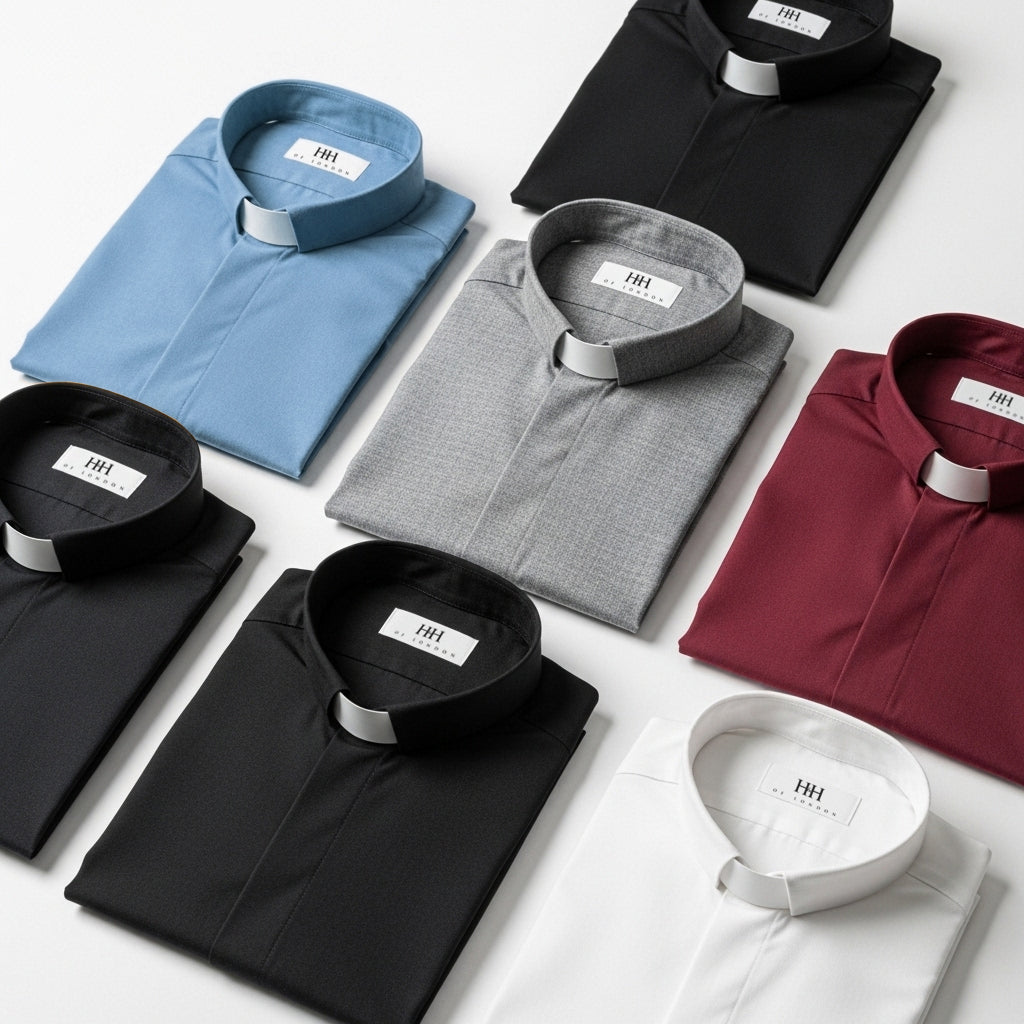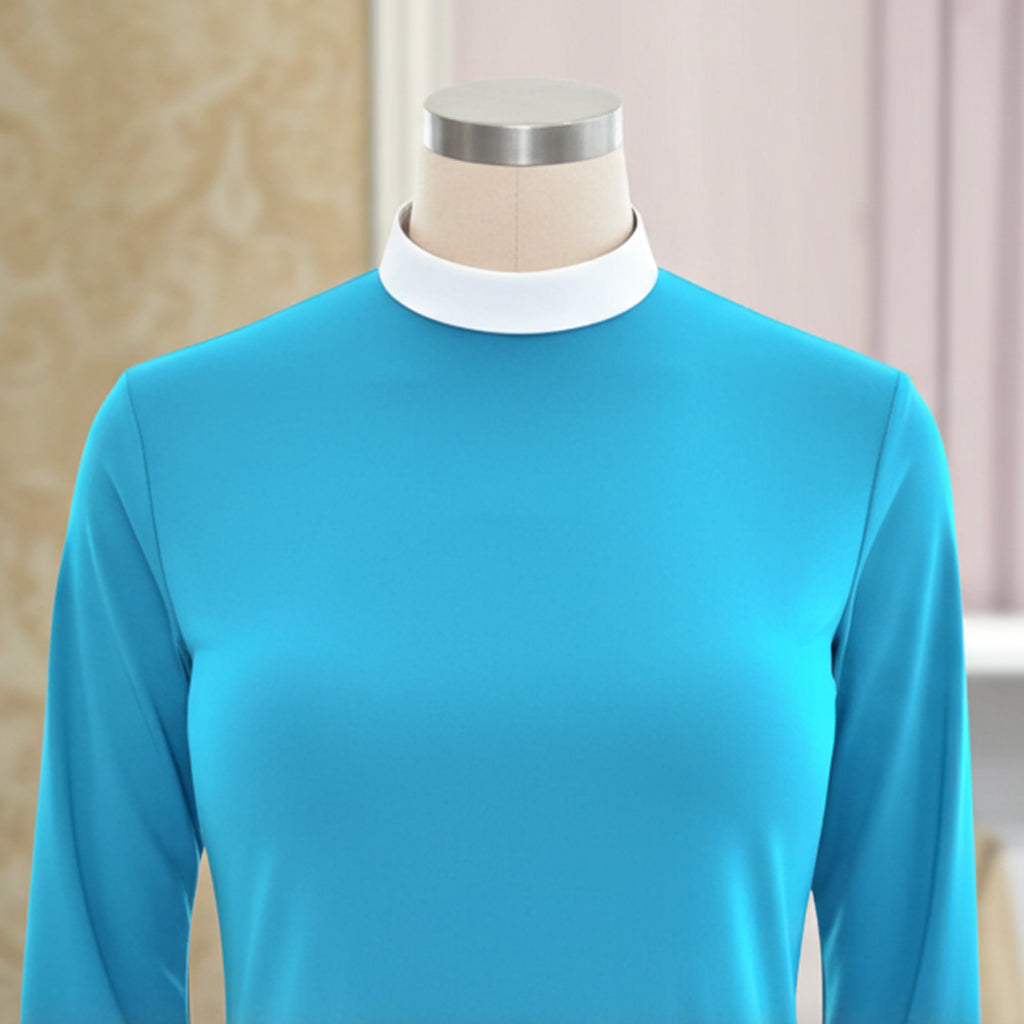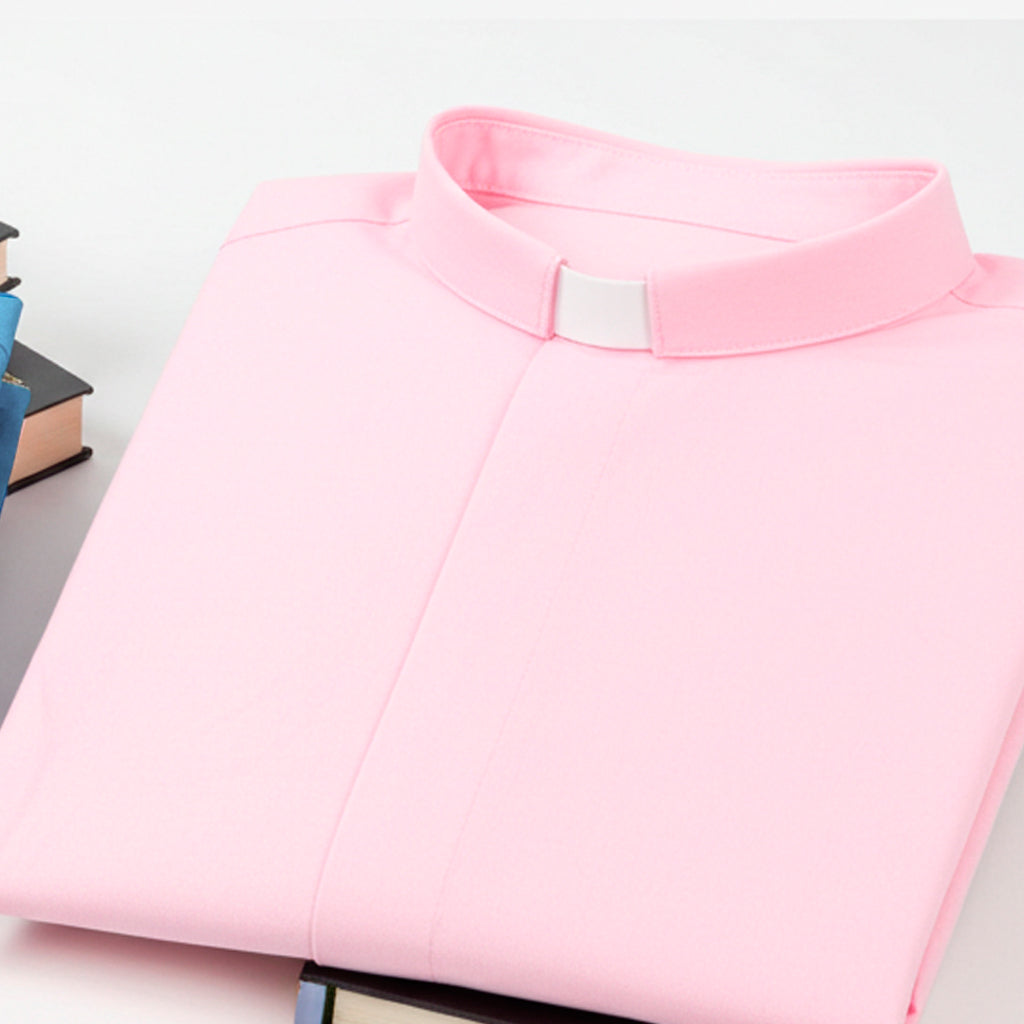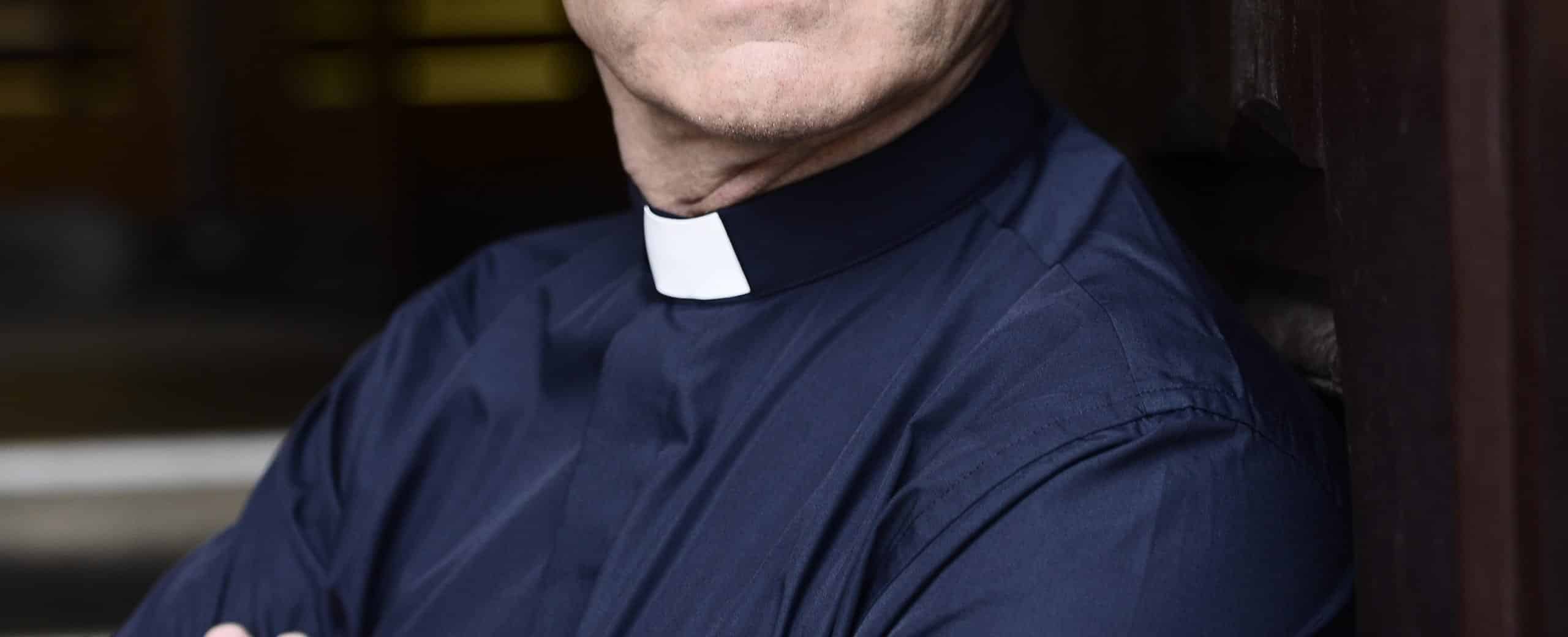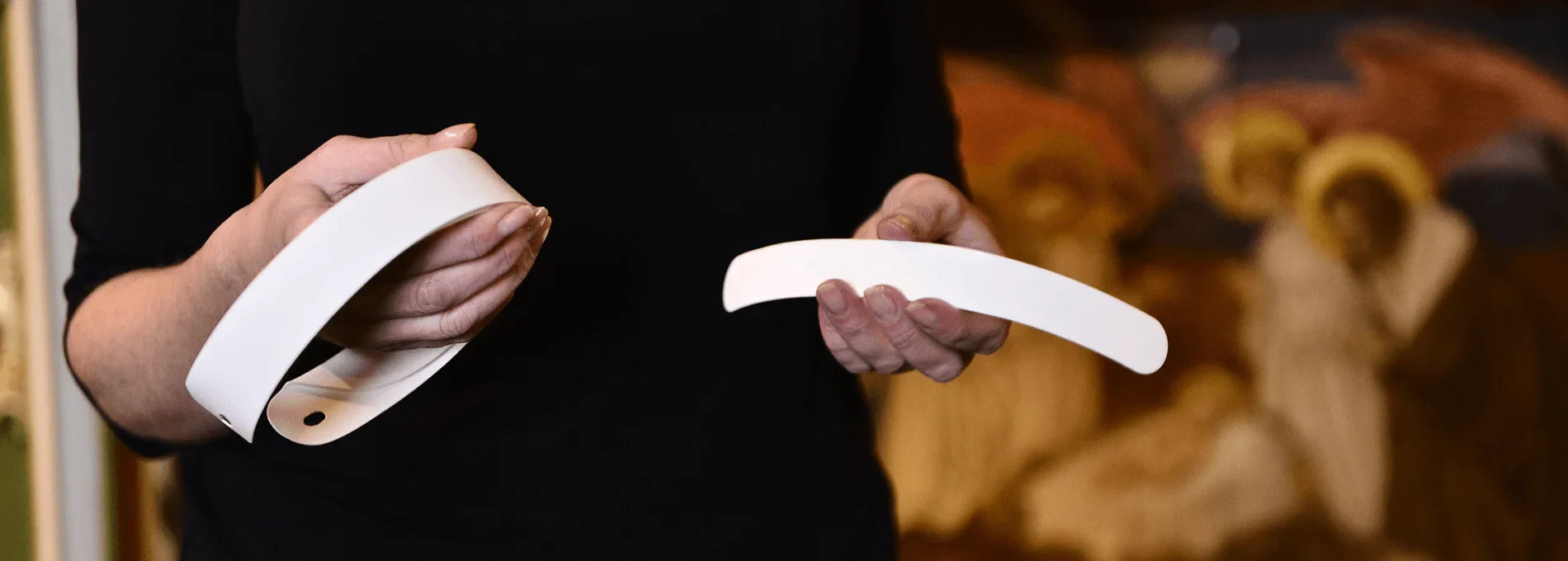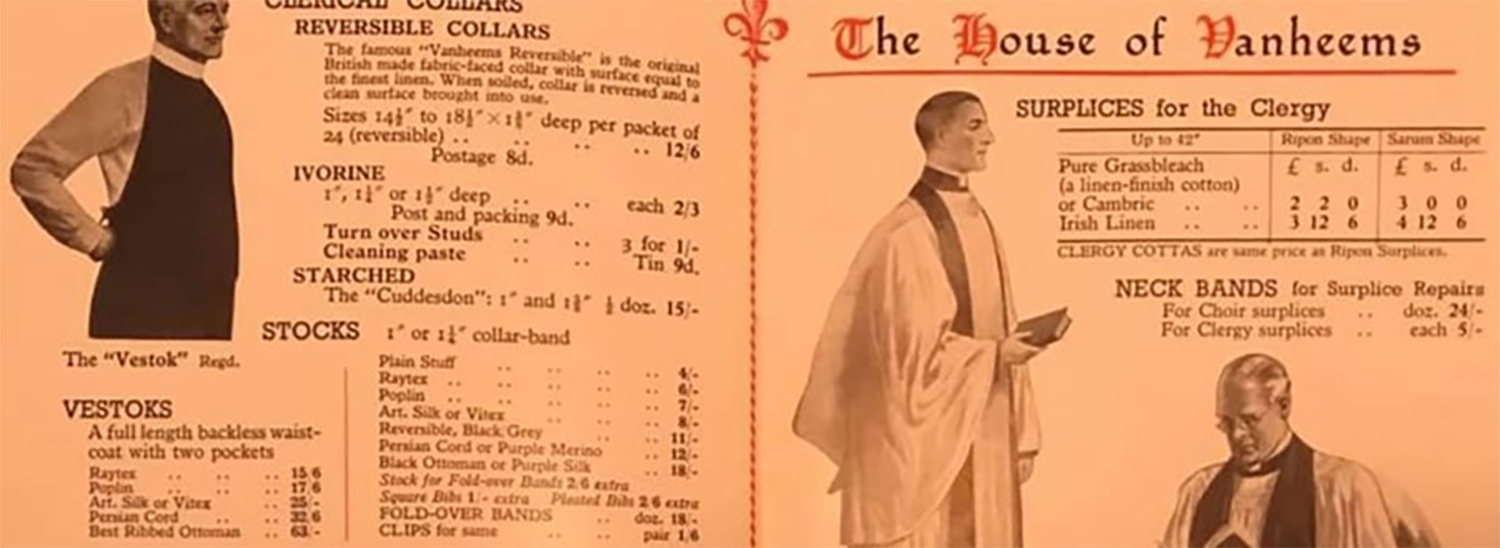
Clerical Clothing Trends: A Journey Through History and Style
Clerical clothing trends evolve alongside fashion and societal shifts. From ornate 18th-century garments to today’s practical designs, these outfits reflect tradition and modernity. This article explores the history of clerical clothing trends, their adaptations, and future directions for priests, vicars, and clergy members.
Evolution of Clerical Clothing Trends
Late 18th Century: Rise of Lay Collars
Lay collars gained popularity at the end of the 18th century. People secured them with a cravat—a linen band wrapped around the neck. Some link the modern clerical collar to these styles. Revd Donald McLeod, a Scottish minister, likely didn’t invent it as claimed in the late 1800s.
1950s: Post-War Stability
After World War II, clerical clothing trends stayed consistent with late 19th-century styles. Parish clergy replaced frock coats with suits, tweeds, or cassocks paired with a stock and full linen collar for daily wear. During services, clergymen wore double-breasted cassocks, knee-length surplices, black scarves, hoods, and starched bands—a change from ankle-length surplices of the prior century, preserved in some Cambridge college chapels.
1960s: Revolution in Clerical Style
The 1960s introduced the mini-skirt to fashion. Major changes hit clerical clothing trends too. Traditional collars and stocks over tunic shirts faded. Black, grey, or purple shirts with attachable or slip-in collars took their place. Known as the "tunnel shirt" (or "Gleeson" after Johanna Gleeson, who pioneered and tried to patent it), this design used a white plastic strip to mimic the classic collar. It preserved historical aesthetics with modern convenience.
Tunnel and Tonsure Shirts
Tunnel shirts started in black, grey, or purple. Now they appear in various colors and patterns to match personal tastes. A refined version, the tonsure shirt, features a white plastic strip fastened with press-studs to the shirt’s stock. Clergy wear this formal style during traditional ceremonies, showcasing evolving clerical clothing trends.
1970s: Embracing Informality
The 1970s brought convenience foods and labor-saving devices like washing machines. Society shifted toward informality. This affected the church, possibly due to the relaxed tone of the Second Vatican Council. The cassock alb debuted—a versatile garment worn with a stole or scarf (per current vesture canon). It eliminated collar studs and starching, aligning with society’s preference for comfort and marking a milestone in clerical clothing trends.
1980s, 1990s, and 2000s: Women Enter the Clergy
In 1992, the Church of England approved women’s ordination to the priesthood. The first ordinations happened on March 12, 1994, in Bristol Cathedral. By the early 2000s, the church voted to allow women as bishops. Legal hurdles slowed progress. Libby Lane became the first female bishop in 2014, appointed Bishop of Stockport on December 17.
Women’s clerical clothing options lagged at first. Teri McDowell recalls, “Twenty years ago, I found few styles—tab or round collars, black or grey cotton-poly shirts. I ordered one by phone. It fit like a man’s oversized garbage bag cinched at the neck.” As more women joined the clergy, clerical clothing trends adapted. Outfitters now design tailored shirts and blouses with feminine fits. Hammond & Harper of London has spent the last 15 years creating comfortable, flattering options for both genders.
Future of Clerical Clothing Trends
Clerical clothing trends mirror mainstream fashion. The move from formal to casual attire—in society and the church—brings relaxed styles for priests and vicars. Hammond & Harper’s design team innovates constantly. New options, like a casual grandad collar shirt for men, sit in the pipeline. Subscribe to our newsletter below for monthly sales, discount codes, and updates on designs for men and women.
Why Clerical Clothing Trends Matter
From cravats to tunnel shirts, clerical clothing trends blend history, practicality, and identity. These garments signify service while adapting to modern needs and inclusivity. Whether you’re a clergy member or curious observer, these trends tell a rich story of faith and fashion.


